When you think of Oakland, the other city by the San Francisco Bay, you probably don’t think of it as wine country. There aren’t any vineyards, bucolic settings or palatial wine tasting rooms. Instead, you find a gritty, industrial vibe, one that dares to thumb its nose at traditional wine country. This is wine country in the city.
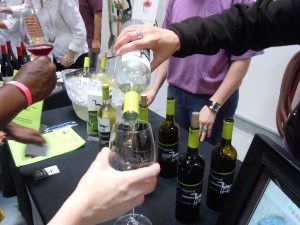 23 wineries now call Oakland and surrounding areas home. This is more than a trend, not only in Oakland, but around the country. City Winery is in New York City. Boedecker is in Portland and Henke is in Cincinnati. While the labels may have appellations from Napa Valley to Long Island to the Willamette Valley, the grapes are brought into a downtown setting to be made into wine.
23 wineries now call Oakland and surrounding areas home. This is more than a trend, not only in Oakland, but around the country. City Winery is in New York City. Boedecker is in Portland and Henke is in Cincinnati. While the labels may have appellations from Napa Valley to Long Island to the Willamette Valley, the grapes are brought into a downtown setting to be made into wine.
Part of the attraction for vintners going urban is cost. They don’t have vineyards, and downtown industrial space can be a lot less expensive than a small plot in Napa or Sonoma. What you do find is real passion and talent for winemaking. Most urban wineries make small lots, but it’s the wine they want to make, and drink. The tasting rooms are accessible to a wider population too. Imagine taking the subway to a winery. You can in New York. Urban wineries are changing the landscape, so to speak, and definition of wine country.
Read more
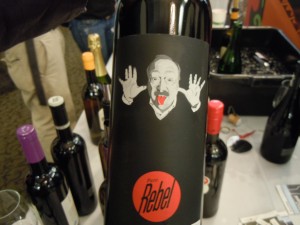 I have always loved Port. Especially 20 year old Tawny Ports. Sweet and bold, complex and delicious. But now I’ve discovered dry wines being produced in Portugal, thanks to a recent trade tasting put on by ViniPortugal. The wines are diverse and interesting, and considering the quality, a good deal. Here’s 10 things you don’t, but should know, about Portuguese wine.
I have always loved Port. Especially 20 year old Tawny Ports. Sweet and bold, complex and delicious. But now I’ve discovered dry wines being produced in Portugal, thanks to a recent trade tasting put on by ViniPortugal. The wines are diverse and interesting, and considering the quality, a good deal. Here’s 10 things you don’t, but should know, about Portuguese wine.
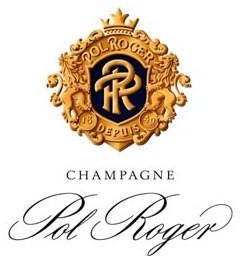 If you’re like me, you’re rising tomorrow at an insanely early hour to watch the royal wedding of Will and Kate. That means being up by 4 a.m. Pacific time for me. At that hour I want something interesting to sip on while watching the spectacle, um I mean spectacular event, on TV.
If you’re like me, you’re rising tomorrow at an insanely early hour to watch the royal wedding of Will and Kate. That means being up by 4 a.m. Pacific time for me. At that hour I want something interesting to sip on while watching the spectacle, um I mean spectacular event, on TV.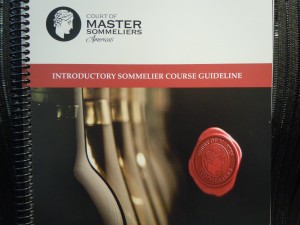 Fashion designers are celebrities. Chefs are rock stars. What about sommeliers? These wine professionals are getting their 15 minutes of fame too. Instead of going to cooking school, people go to somm school. Maybe that’s why 100 people signed up to take the Introductory Course and Examination given by the Court of Master Sommeliers on a recent weekend in San Francisco.
Fashion designers are celebrities. Chefs are rock stars. What about sommeliers? These wine professionals are getting their 15 minutes of fame too. Instead of going to cooking school, people go to somm school. Maybe that’s why 100 people signed up to take the Introductory Course and Examination given by the Court of Master Sommeliers on a recent weekend in San Francisco. What do you do with that cork you just popped out of a wine bottle? Most likely you throw it away (you certainly don’t sniff it). Cork is a renewable crop; cork tree barks grow back nine years after harvest. Why not keep the cycle going with used corks? We all pop more than 13 billion corks every year.
What do you do with that cork you just popped out of a wine bottle? Most likely you throw it away (you certainly don’t sniff it). Cork is a renewable crop; cork tree barks grow back nine years after harvest. Why not keep the cycle going with used corks? We all pop more than 13 billion corks every year.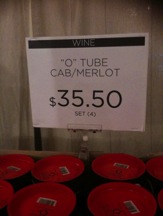

 The gauntlet has been
The gauntlet has been The Himalayan Mountains and the Sonoma County wine country couldn’t be further apart. But not to one sommelier, so inspired by a man who leads expeditions up and down Mt. Everest, that she put his name on a wine label.
The Himalayan Mountains and the Sonoma County wine country couldn’t be further apart. But not to one sommelier, so inspired by a man who leads expeditions up and down Mt. Everest, that she put his name on a wine label.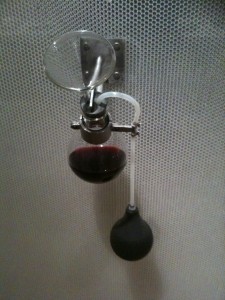 The French have it, the Italians have it, but does America really have a wine culture all its own? You bet we do. It took awhile for this to develop, but in 2010, for the first time ever,
The French have it, the Italians have it, but does America really have a wine culture all its own? You bet we do. It took awhile for this to develop, but in 2010, for the first time ever,  Oh yes I did. I brought a boxed wine to a recent gathering of my cookbook club. A few weeks earlier an odd-shaped box arrived on my door step. Super heavy for the size of the box. What in the world could it be? A box of wine. Sure, why not. Hmmmm.
Oh yes I did. I brought a boxed wine to a recent gathering of my cookbook club. A few weeks earlier an odd-shaped box arrived on my door step. Super heavy for the size of the box. What in the world could it be? A box of wine. Sure, why not. Hmmmm.